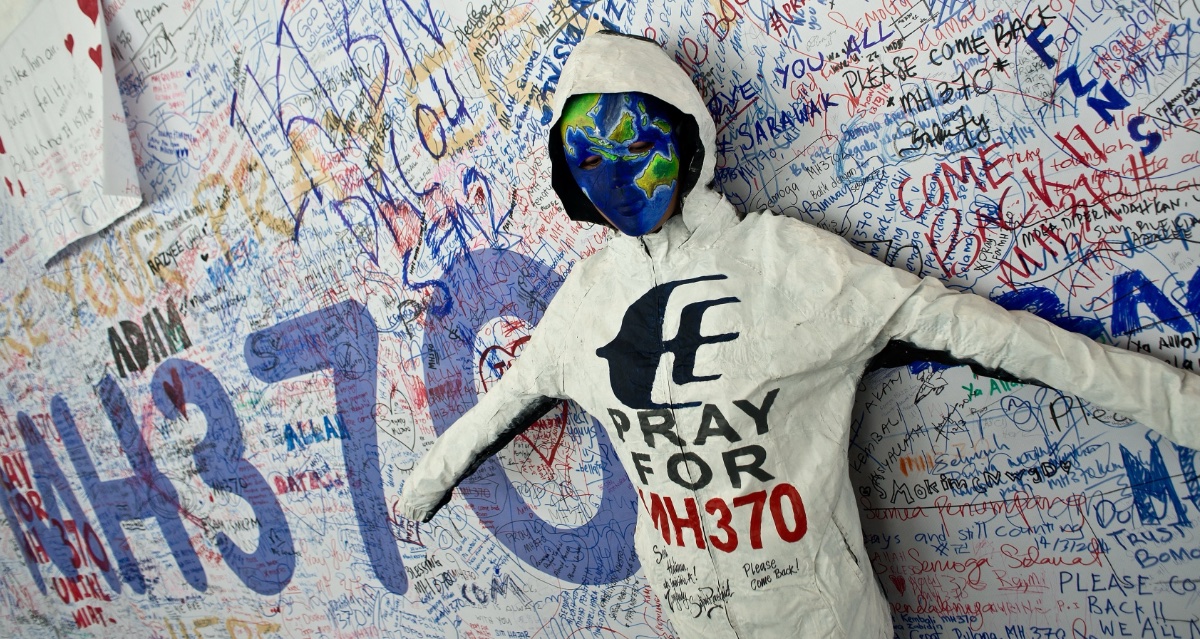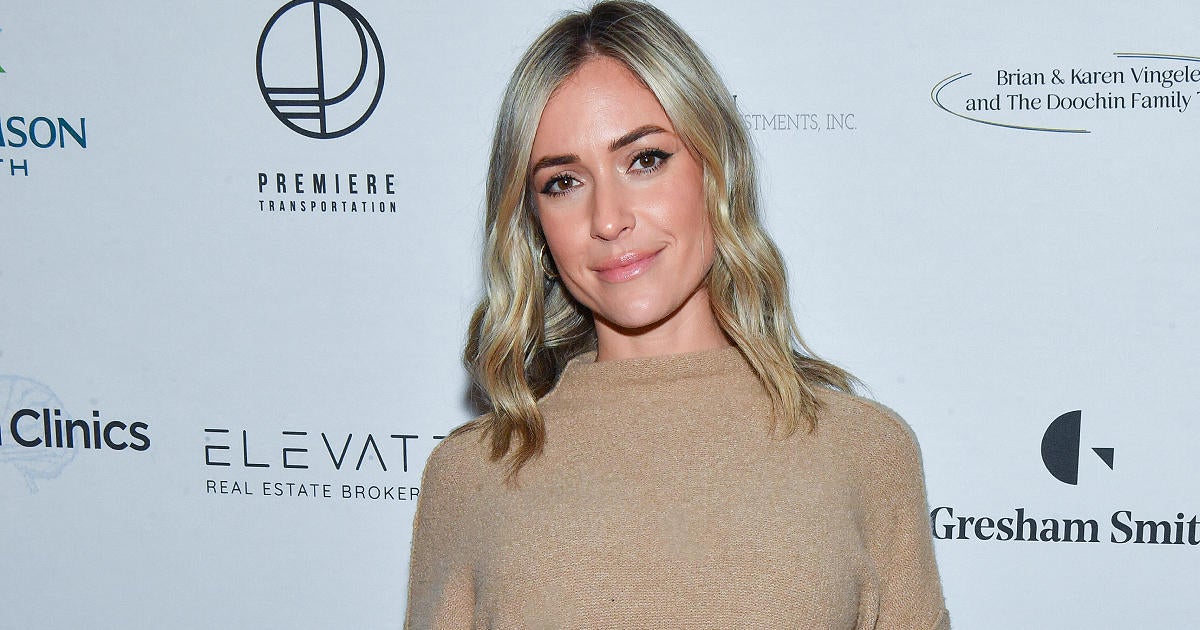‘House of the Dragon’ Episode 5 Mailbag: Daemon’s Mom Has Got It Going On
OK, fine, let’s talk about Daemon’s oedipal sex dream. I avoided it in my first blog about “Regent,” instead focusing on Rhaenyra’s statecraft shortcomings, but someone has to discuss mother-son incest in Westeros, and like Baelon the Brave—incidentally, Daemon’s father and Alyssa’s husband!—we’re courageous enough to pick up that mantle.
Today’s House of the Dragon mailbag answers questions about that discomfiting dream, dragon odds and ends, and the value of the haunted castle of Harrenhal. To appear in future editions, message me @zachkram on Twitter/X or at zach.kram@theringer.com each week after a new episode airs.
Kate asks, “They referenced it a little on Talk the Thrones, but what do we know about Daemon’s relationship with his mother and his feelings towards her? And why’s he so casz about his dream interaction with her?”
Read Riley McAtee’s breakdown for details about Alyssa Targaryen—Daemon’s mother—the person. Here, let’s talk about Alyssa specifically in relation to her second son.
As Joanna Robinson noted on Talk the Thrones, one wrinkle in this sequence is that the woman Daemon pictures in his dream doesn’t look like Alyssa’s canonical description. As described in Fire & Blood, the princess wasn’t a typical Targaryen beauty: “Her hair was a dirty blond tangle with no hint of silver to evoke the dragonlords of old, and she had been born with mismatched eyes, one violet, the other a startling green. Her ears were too big and her smile lopsided, and when she was six playing in the yard a whack across the face from a wooden sword broke her nose. It healed crooked, but Alyssa did not seem to care.”
Perhaps Daemon is misconceiving his mother’s looks because the scene is meant to convey his witchy brew of confusion and lust. Or perhaps he doesn’t remember her clearly because he was only 3 years old when she died. At any rate, we don’t know anything from the source text about the adult Daemon’s view of his mother; Alyssa’s name doesn’t appear in Fire & Blood after the start of House of the Dragon’s story (the council at Harrenhal that named Viserys the heir to the throne).
However, we can gesture at the second question, concerning Daemon’s reaction to his dream interaction. The crucial element here is that, for all their incestual inclinations, Targaryens don’t marry parents to children.
In an apparent effort to keep different generations separate, the royal family favors some forms of incest over others. Most of their relationships are cousin-cousin (which is actually common among other Westerosi families) and brother-sister (which isn’t), with only the occasional aunt-nephew (Daenerys and Jon) and uncle-niece (Daemon and Rhaenyra) pairs. But there aren’t any confirmed examples of a Targaryen mother coupling with her son, or a father with his daughter. In other words, there’s one line, at least, the Targaryens won’t cross; even the family known for its incest would likely disapprove of Craster’s abomination beyond the Wall.
Only one possible exception arises in the Targaryen histories. A king nicknamed Aegon the Unworthy, who took the Iron Throne decades after the events of Dragon, was a terror and a boor, whose “lusts,” “gluttony,” and “desires” “controlled him utterly,” according to The World of Ice & Fire. He took numerous mistresses and sired many bastards, and that’s where this vulgar tale begins.
The woman who “made him a man,” in World’s parlance, was a noble named Falena Stokeworth. Even though she married Lucas Lothston and moved away from King’s Landing soon after, World says that for a span of two years, Aegon “paid frequent visits” to her home. About a decade later, Falena gave birth to a daughter named Jeyne Lothston—and while Jeyne was acknowledged as Lucas Lothston’s trueborn daughter, and it’s unclear whether Aegon had continued his dalliance with Falena, rumors persisted that Jeyne was actually one of Aegon’s many children.
Which makes it all the grosser that Falena eventually brought Jeyne to court, where the latter became one of Aegon’s mistresses, too. World notes, “It was said (but never proved) that he enjoyed mother and daughter together in the same bed.”
So it’s possible that Aegon the Unworthy—who lived after Daemon and was the opposite of a role model during his rule—slept with his secret daughter. But otherwise, we don’t have any such precedent in the canon. Daemon should be worried if he’s starting to fantasize about the prospect. And if he’s not worried—which, as Kate’s question suggests, seems to be the case based on his outward reaction to the dream—that’s a meaningful sign from the writers that Daemon is recklessly ignoring all of the warnings that he’s going too far.
Chris asks, “Is Vermithor the best free agent dragon available?”
There are six free agent dragons available for bonding, split evenly among three with previous riders (Vermithor, Silverwing, and Seasmoke) and three without (Cannibal, Sheepstealer, and Grey Ghost). To continue the free agent analogy, that distinction means Vermithor is more signable than, say, Cannibal, the largest of the three wild dragons.
The dragon once ridden by King Jaehaerys possesses other crucial strengths as well. Vermithor is big, fierce, and experienced. By the time he was just 14 years old, he was already the third-largest dragon in the realm, behind only Balerion the Black Dread and Vhagar—and now the Bronze Fury is nearly 100 years old, having presumably grown much more over the intervening years.
Vermithor also carries combat experience. Jaehaerys used his dragon—who flew alongside Vhagar, ridden at the time by Baelon (Viserys and Daemon’s father), and Caraxes, ridden by Aemon (Rhaenys’s father)—to torch rebels in Dorne. Vermithor proved unstoppable across multiple campaigns against the Dornishmen and their pirate allies in the Stepstones.
From a free agency perspective, if the blacks could woo Vermithor to their side, it wouldn’t quite be the equivalent of LeBron James’s decision—but it might mimic the impact of Shaquille O’Neal’s recruitment to Los Angeles, where he elevated a midtier playoff team into a champion.
Lee asks, “When not in a normal dragon area with dragonkeepers, where do dragons spend the time while not being ridden? Is Daemon’s dragon staying near Daemon above or in Harrenhal, or is it roaming around the Riverlands? If roaming, how does Daemon summon it back?”
George R.R. Martin offered excellent insight into this very question via a lengthy Not a Blog post just last week. Martin explained that in his story, dragons “can cross mountains and plains, cover hundreds of miles … but they don’t, unless their riders take them there. They are not nomadic.” For instance, all of the dragons in the Valyrian heyday “stayed close to the Freehold and the Lands of the Long Summer. From time to time a dragonrider might visit Volantis or another Valyrian colony, even settle there for a few years, but never permanently.”
They behave the same way in Westeros, Martin continued: “Similarly, the dragons of Westeros seldom wander far from Dragonstone. … You won’t find dragons hunting the riverlands or the Reach or the Vale, or roaming the northlands or the mountains of Dorne.”
Dragons will sometimes venture farther afield if that’s the best way to find food, as Drogon does in the area around Meereen. But as long as Daemon is properly feeding Caraxes, the Blood Wyrm is probably chilling high up in Harrenhal’s massive towers—as Martin writes, his dragons prefer to make lairs in high places such as mountain peaks, where they’re closer to the sky. And Harrenhal has the tallest towers of any castle for hundreds of miles in any direction.
Clayton asks, “Why doesn’t Aemond take Vhagar and destroy the Velaryon blockade of King’s Landing?”
Vhagar might be able to lift the Blackwater blockade, especially now that Meleys is no longer patrolling the skies above the sea. But that potential plan presents two problems.
The first is that the blockade isn’t directly adjacent to King’s Landing; rather, it’s out at the Gullet, the entry point to Blackwater Bay, which is much closer to Dragonstone than the capital city. A fight at the Gullet could pit Vhagar—who might need a breather after the strenuous workout she received at Rook’s Rest—against multiple black dragons at once.
:no_upscale()/cdn.vox-cdn.com/uploads/chorus_asset/file/25534660/Screenshot_2024_07_15_at_5.41.56_PM.png)
Second, Aemond must be strategic with the deployment of his dragon because of manpower (dragonpower?) concerns. The greens started the Dance with only four dragons, and that number has effectively been reduced by Sunfyre’s grievous injury or death. It doesn’t seem likely that Helaena will ride Dreamfyre into battle anytime soon. And a third dragon, Tessarion, is bonded with the still-missing Daeron, Alicent’s youngest child, but showrunner Ryan Condal said last month that Daeron is “not yet a dragonrider.”
That leaves only Vhagar in fighting form, and even if she could defeat every black dragon in a duel, she can’t be everywhere at once. Vhagar might need to remain in King’s Landing for the time being, lest the greens leave the city undefended against an aerial assault.
Jake asks, “Why do the Freys want Harrenhal? They already have the Twins, and Harrenhal is cursed and broken down.”
The Freys want three things, and three things only: They strive for power, wealth, and—above all—the respect that power and wealth would confer on their house. Compared to other noble houses on the continent, the Freys are a young family, and all the way up through the reign of Walder Frey, they consistently feel that they deserve a higher perch in the noble hierarchy.
And you know what’s better than controlling one strategically important location in the Riverlands? Controlling two strategically important locations in the Riverlands, which would be the case if the Freys added Harrenhal to the Twins. It isn’t out of the question that one house could command two noncontiguous castles; in Game of Thrones, the Boltons simultaneously hold Winterfell and their ancestral seat of the Dreadfort before the Battle of the Bastards.
Managing both the Twins (in the northern area of the Riverlands) and Harrenhal (in the southern area) would give the Freys immense influence in the region, even if the Tullys technically remained their liege lords. In the same way that the Tyrells rule the Reach but must negotiate with the Hightowers as “overmighty bannermen,” the Freys could wield additional clout with a new castle under their jurisdiction.
The castle of Harrenhal is a significant status symbol, and its lord would also gain much more via the surrounding lands, which are “broad and rich and fertile,” Tyrion thinks in A Clash of Kings. The area is “one of the richest plums in the Seven Kingdoms.” There’s a reason that so many ambitious men and women seek dominion over Harrenhal, despite its cursed history, in both Fire & Blood and Thrones: It’s a potential pathway to the exact sort of wealth and power the Freys desire, if they can survive Harrenhal’s haunted history.
Max asks, “If dracarys means dragonfire in High Valyrian, and one assumes ‘dracar’ is the prefix for dragon and ‘ys’ is the suffix for fire, how fucked up is a family that has dragons and keeps naming its children Aenys, Rhaenys, Daenerys, Viserys, Jaehaerys, etc.?
Ah, but you know what happens when you assume! While dracarys indeed means “dragonfire” in High Valyrian, it can’t be broken down into dracar-ys or draca-rys; rather, the word is its own root, according to official Thrones linguist David Peterson.
This is really getting into the weeds, but some backstory on the creation of High Valyrian is useful context. Originally, Martin came up with a few key words he needed for his story, and that was it. When a reader asked him whether the “rys” syllable meant something important, he responded:
Tolkien was a philologist, and an Oxford don, and could spend decades laboriously inventing Elvish in all its detail. I, alas, am only a hardworking SF and fantasy [novelist], and I don’t have his gift for languages. That is to say, I have not actually created a Valyrian language. The best I could do was try to sketch in each of the chief tongues of my imaginary world in broad strokes, and give them each their characteristic sounds and spellings.
But when David Benioff and D.B. Weiss were adapting the Thrones show, they needed more words, phrases, and sentences in fictional languages, including Dothraki and (eventually) High Valyrian. Peterson won the job via a Language Creation Society bake-off, and he set out to flesh out a full set of fictional languages.
Peterson put a lot of thought into High Valyrian. Here’s one nerdy example, from a recent New Yorker article about his work on Thrones and Dune:
To design verbs in High Valyrian, for example, he simulated a four-stage evolution from a prehistoric form. In the version of High Valyrian spoken in “Game of Thrones,” verbs have an imperfect stem (for past actions that were continuous or incomplete) and a perfect stem (for past actions that were completed). The perfect stem, he decided, was formed in ancient times by appending -tat to the end of the imperfect. Over time, this became -tet and then -et, which often reduces to -t in the version spoken in the television show. (During that imagined history, -tat also gave rise to the verb tatagon, meaning “to finish.”) There are countless other intricacies to High Valyrian verbs, yet, for Peterson, even producing this lone grammatical feature required simulating generations of linguistic change.
One of Peterson’s decisions was to disentangle the word for “dragonfire” from his newly invented word for “dragon”: zaldrizes. You can see the latter used in Daenerys’s powerful “A dragon is not a slave” line in Astapor, for example.
Just because dragonfire comes from a dragon, Peterson reasoned, that doesn’t mean the two words have to be linked in non-English languages. For instance, the word “saliva” doesn’t use “human” as a root, even though saliva is basically our (much feebler) version of dragonfire.
“High Valyrian simply does not put words together like this,” Peterson wrote. “For example, singling out the ‘-rys’ part of the names is like singling out the ‘-le’ part of ‘little,’ ‘rattle,’ ‘battle,’ ‘cuddle,’ ‘puddle,’ etc. It’s not as if ‘-le’ means something, and then ‘litt-,’ ‘ratt-,’ etc. means something different.”
And in reference to the preponderance of “rys” endings to Targaryen names, Peterson drew on a comparison to the frequent ending “nus” in royal Roman names. “What did it mean, ‘nus’? Absolutely nothing,” he wrote; n and us were just common sounds used in the middles and ends of words. In the same way, Peterson built High Valyrian with r as a common middle letter and ys as a common ending to many nouns.
So the official explanation is that it doesn’t mean anything that the Targaryens keep giving their children names with “rys” endings—but given that their house words are “Fire and Blood,” it’s not as if they aren’t connected to fire in numerous ways already.







